Top 8 Types of Influencer Marketing Campaigns with examples

Social media platforms host a large audience. In 2021 the number of active social media users across the
world has gone over 3.96 billion. Facebook alone witnesses 66.9% of its network
users log in every day, as per Statista. 50.64% of the total world population
uses social media. In the race of average monthly active user, Facebook (2.7 billion) is in
the lead, followed by YouTube(2 billion) and WhatsApp(2 billion).
Because of the colossal audience base, social media influencers command a large audience following. The
audience base on social networks is also a largely untapped market for various brands. Influencer marketing advantages are huge and is a perfect way for brands to collab
with specific social media influencers to reach potential customers.
According to Influencer Marketing Hub, for every dollar invested in Influencer marketing, marketers got an
average of $7.65 in revenue from social media.
Brands and influencers can earn big bucks from Influencer marketing; hence, brands worldwide partner with
well-known social media influencers to put their product/services in front of their target audience.
A brand looking to give aninfluencer campaign a try would be with a dilemma while choosing from various
types of Influencer Marketing strategies. Thus, many choose to do this through leading influencer marketing agency in India.
Here’s a list of 8 different types of Influencers marketing campaigns that brands can utilize to generate exposure for their products and services.
Sponsored Content

Sponsored Content is the most basic of the influencer marketing techniques. Brands supported influencer content in 2020 stood at 6.12 million annually as compared to 1.26 million in 2016, according to data by Statista. A Brand could possess the most intriguing and engaging Content to show its viewers, but with so much that's happening on social platforms, it is easy to get lost in the crowd. Fortunately, there are Influencers whose activities align well with your brand goals. You can reach out and partner with Influencers who can create content to promote your brand and products on their social media handles. In Q2 2020, The CTR on average was 1.3%, which grew slightly from 1.2% in 2019, as per Influencer Marketing Hub.
The content is usually a photo, video log, or blog that showcases your products or services. The medium can depend upon the Influencer's posting habits. Selecting the right Influencer is crucial as your target audience will be the Influencer's audience on various social and web platforms, including the blog audience's website. The plus points include creating awareness and trust for your brand among a new audience. More benefits of sponsored Content are generating new leads, enhanced engagement, and additional conversions.
When you collaborate with an Influencer for sponsored Content, define guidelines that the creators have to follow during creation and promotion activities. Influencers can post the Content on one or more social media handles during the campaign.
You have to compensate influencers for the creation of content and promotion of the product. Sometimes you can also offer an alternative to money which includes giving free or discounted products.
For example, A travel service provider can sponsor a trip for the relevant Influencer. But during their journey, they have to talk about the brand. The company will set a budget, and the influencer could decide where he/she wants to go.
Contests & Giveaways
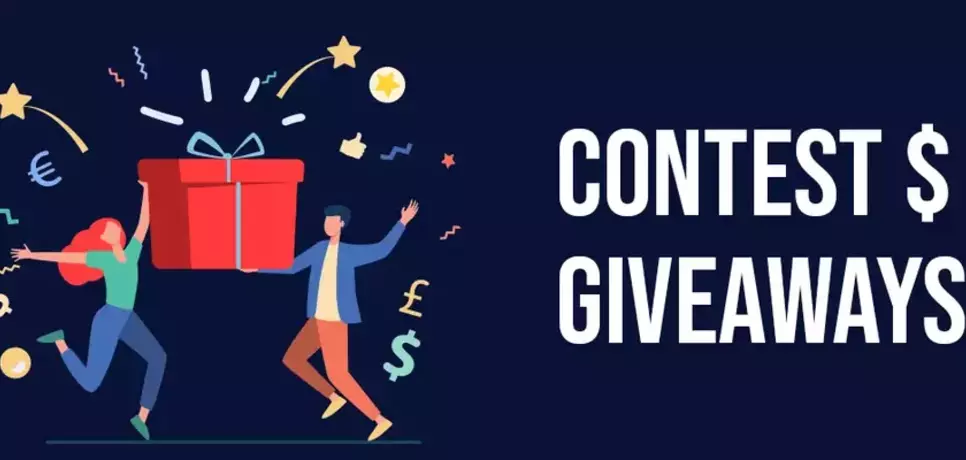
Contests are often organized to put a new brand, product, or service in front of your followers and reward them. Contest and Giveaways provide mutual benefits for - the brand, the influencer, and his/her followers. It is popular among the audiences because of its simplistic nature; entering a contest is relatively easy. Brands provide free products/services to the influencer as a giveaway for their followers.
Since contest entrants are asked to follow, like, share, comment, mention, or tweet about the product or brand, high growth on social media is almost guaranteed. Also, more followers, leads, and customer loyalty are a bonus. All this comes with the added benefits of increased brand awareness from influencer’s content.
The process of contest and giveaways is straightforward. For example, influencers instruct their audience to perform simple tasks such as like and comment on a post, drop an email, Tag a friend, become a follower, Answer Some questions, etc. End of which a winner is selected, and that person is awarded the prize.
Social Media Takeovers
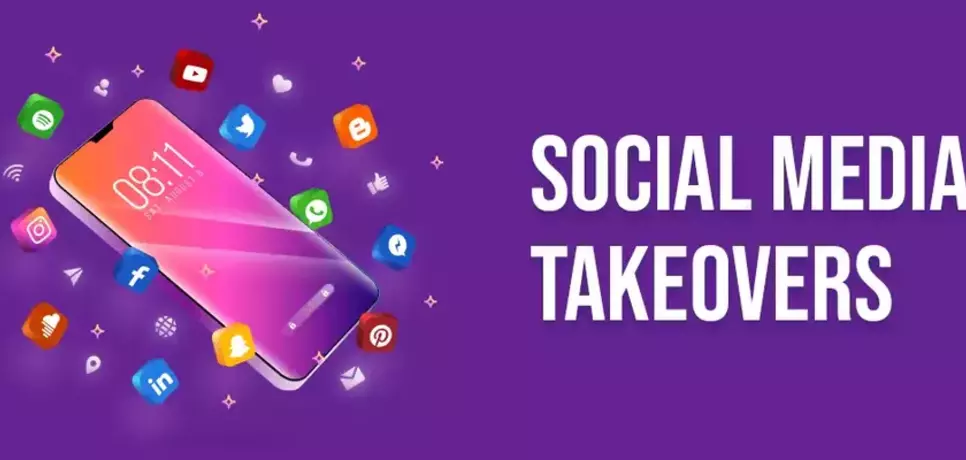
Social media takeover happens when a Brand gives an influencer of interest access to their social platform. Since 74% of users trust Social networks as a purchasing guide, according to a HubSpot report, a company usually does this to generate increased exposure for its Brand, products, and services. Influencers are given a free hand to decide how they want to promote brands on social media.
The basic idea behind social media takeover is to collaborate with Social media Influencers whose personalities go hand-in-hand with the Brand's intent. Influencers are permitted to create posts, stories, videos on Instagram that span a wide array of topics; organize Q&A sessions on Facebook, create posts on LinkedIn, etc. The said privileges are granted for a particular duration. The period usually lasts for a day or even for a couple of weeks.
Here is an example of a Social Media Takeover. A fitness club named Full Psycle handed reigns to their Instagram for a day to a micro-influencer, Peach. She created Behind-the-scene content, Made people aware of the importance of maintaining a healthy lifestyle during quarantine by delivering cycling bikes across Costa Mesa, CA, and taught a fitness class online.
Unboxing & Review
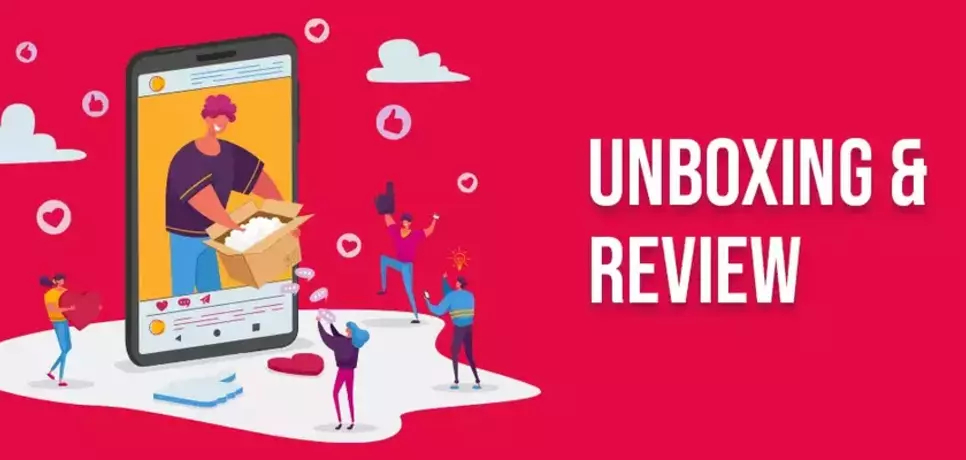
More than 90,000 users on YouTube search 'unboxing', as per packhelp.com. Unboxing videos have emerged as a popular way for brands to promote and create awareness for their products and services. 74% of people look at social networks for their purchase decisions. Unboxing video usually involves an influencer capturing themselves opening and taking the brand new product out of the initial packaging. All while explaining the packaging's features, aesthetics, and characteristics, such as the box make and design or material used for the packaging. The amount of time people watched unboxing videos on the phone is more than 20 million.
We are in a digital age where customers look to purchase online rather than a physical outlet. Because of this, many brands look to create a strong brand presence online.49% of consumers trust Influencers recommendations before purchase, as per influencermarketinghub.com.Brands face a lot of competition online sometimes; it is easy to fall way back in the race to supremacy. Hence, unboxing videos are a great way to show off your product's capabilities in front of your potential customers and grab their attention.
Influencers are the best choice for choosing the unboxing approach. Influencers are individuals with their own dedicated follower's community, making it easy for you to market to a large audience and showcase your offering's positive attributes. There are two which in which a brand can benefit from this approach. One is the followers who interact with everything your selected influencer posts. Secondly, your potential customers are already looking to get some insights before buying the product; these audiences actively search for unboxing videos to get the first look at the merchandise.
Influencer marketing boosts business and in practice, brands offer their product free of costs to Influencers of Interest. The brands, by this move, hope to get the Influencer to give a review about the underlying product.
You can see from any 'unboxing' video, This technique's primary objective is that the Influencer is not aware of the product's existence until recently. An Influencer provides honest opinion during unboxing and using the product in front of the camera for the first time.
Affiliate Marketing
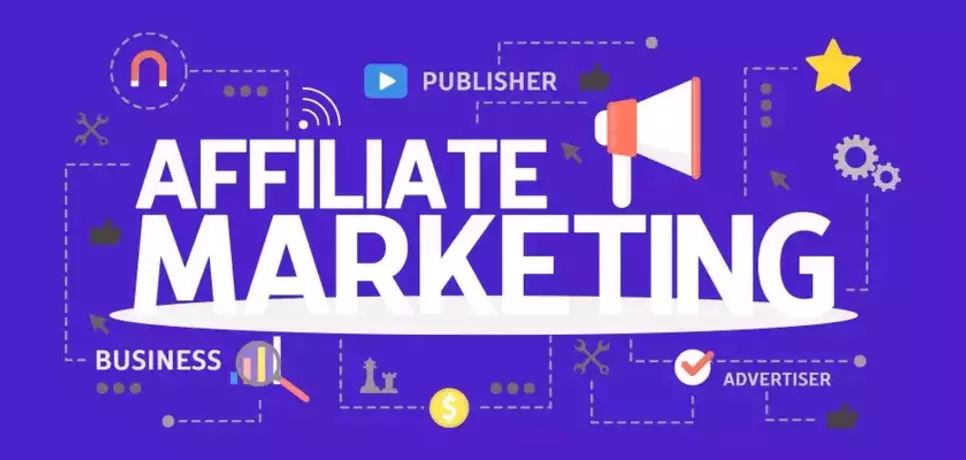
Affiliate Marketing is an Influencer marketing method wherein a Brand partners with an Influencer to promote and sell its product or services. Social networks account for 64.48% of traffic source for affiliate marketers, as per bloggingx.com. In the US, Affiliate marketing accounts for 16% of all e-commerce purchases. Affiliate marketing gives Brands freedom to work with multiple influencers irrespective of the budget constraint; this is because you pay the influencers only when a sale is made. Affiliate marketing makes up 15% of the entire digital revenue.
Influencers promote the product on their social handle. Each Influencer is given a unique link that redirects users to the brand offering; Links make it easier for the company to monitor campaign performance. The promoters are compensated when conversions happen through their links. Affiliate marketing is a win-win opportunity for Brands and creators, brands get sales, and Influencers earn revenue. As of 2021 Affiliate Marketing sector is worth $12 Billion And Is expected to increase by 10% in the coming years.
Here is an Affiliate Marketing Example for clarity. Let us consider an E-commerce brand that sells a unique brand of coffee. This brand has selected 20 influencers to promote its products by providing each individual with a unique code. When a person purchases the product through an influencer's link, the underlying Influencer will be compensated for the conversion.
Product Placement
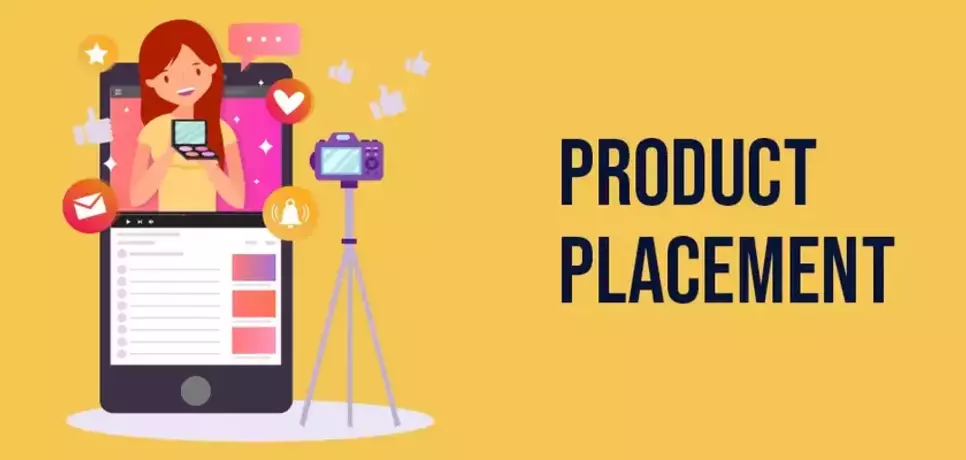
As the name suggests, the process of Product placement is to place your product, logo, or services within an Influencer's Content creatively and engagingly. The purpose is to create a positive image of the Brand and its offerings in the viewers' minds. Product placement has the upper hand over traditional marketing because it leads the audience to generate a much deeper connection with the product than directly advertising a product. When you see an Influencer making use of a product within their Content, He/she was likely paid to have that right.
Product placement always starts with knowing your target audience – Their demographics, interests, and behaviours. Knowing your audience will help you determine the right Content and select the right Influencer for the job. Collaborating with irrelevant Influencer could put your product in front of the wrong eyes. If you as a brand want to have a go at product placement yourself - Don't make it too obvious; the product placement should not echo product advertising, Be creative in your content approach. Most of the time, influencers will tag the product to the post so that anyone fascinated about purchasing the product can go ahead and check out the Brand themselves.
For example, Adidas collaborated with FIFA for a product placement post on the former's Instagram account. The post featured Becky Sauer, A professional footballer representing England's women team. The Image's key focus was Becky holding her football medal, Instead of the Jacket that flaunts the Addidas logo. However, Adidas has promoted itself rather subtly as the world-famous three stripes of Addidas are visible in the Image.
Brand Ambassador
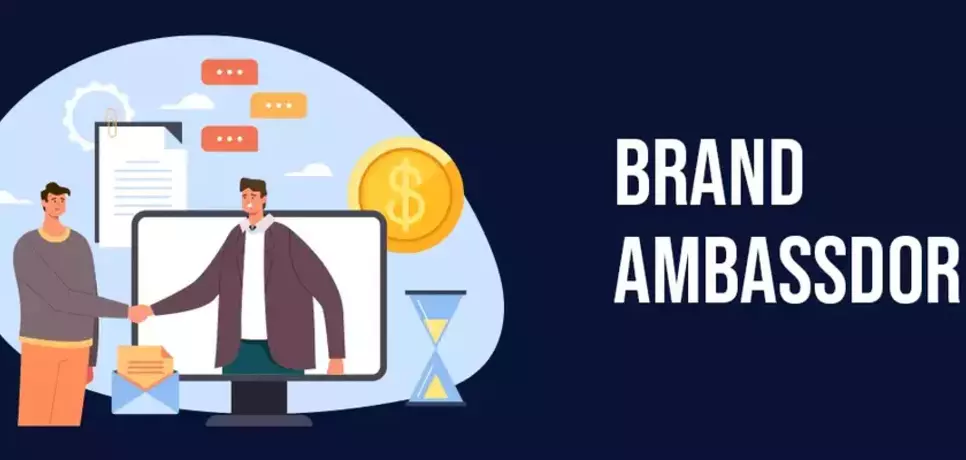
A brand ambassador program is usually a Brand partnering with a few of their customers who love their products and services so much that they are prepared to promote them. These customers are the 'face' of the Brand. In contrast to all the other typoes of Influencer marketing, this one is easier to implement since the customers are readily available to promote a product; you don't have to look for them. Also, the brand ambassadors may endorse brands offering for many months, whereas other Influencers promote for a limited time.
The benefit of partnering with customers is that potential customers tend to trust an actual person more than any famous influencer. Brand ambassadors also help brands to establish lasting relationships with new audiences. Brands garner more credibility, trust, and legitimacy among potential customers when they showcase a strong relationship with their brand ambassadors.
Brand Ambassadors are mainly used to create awareness for new products and generate positive word of mouth. Create a list of ambassadors that can bring value to your Brand. Promotion through customers means the Brand's target audience will be the brand ambassador's social network followers, family, friends, and colleagues. Brands ambassadors are not always monetarily compensated; at times, even products are given free of costs for their efforts.
For example, American express utilizes a brand ambassador program to spread product information. The hashtags that the ambassadors use include #AmexAmbassador, #AmexLife, etc.
To sum up, Influencer marketing collaborates with brands with social media Influencers for mutual benefit. Influencers will expose the Brand to their online community generating more exposure for the Brand's products and services; the Brand can easily access an untapped market, thanks to the large following. An influencer is a middle man that bridges a brand to its target audience. Because of the loyalty, the followers have towards their Influencer's – their opinions are highly valued.
Influencer marketing is expectedto be worth $13.8 billion in 2021, as per influencermarketinghub.com; if done right, it can help build credibility for the Brand and its offerings. Brands can put their product in front of the target audience. And enjoy the benefit of increased sales, revenue and enhanced loyalty towards the Brand.